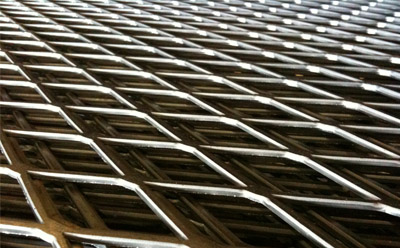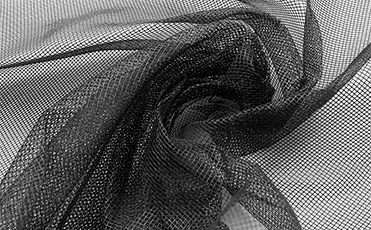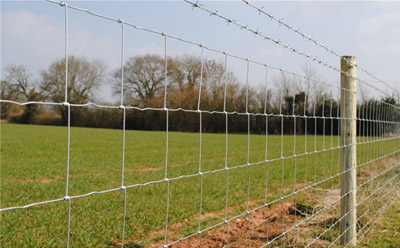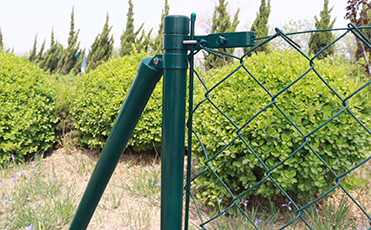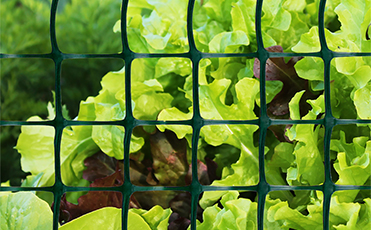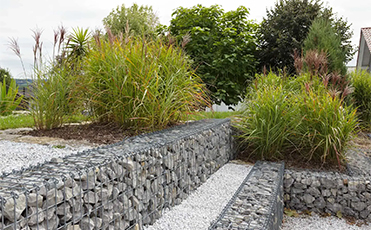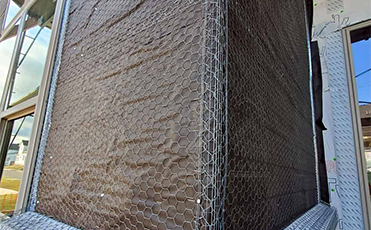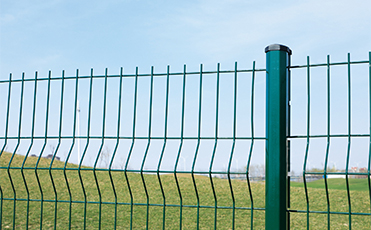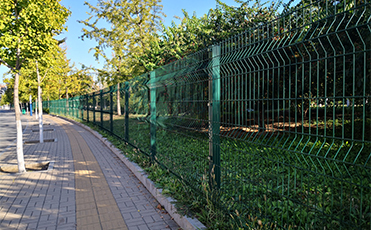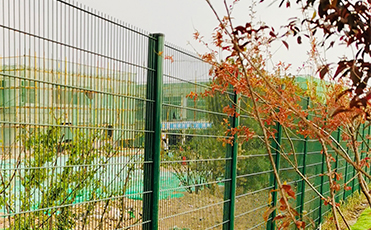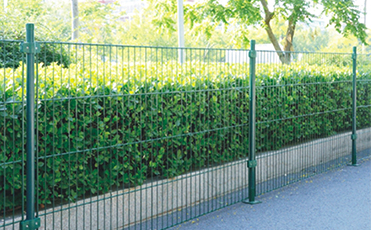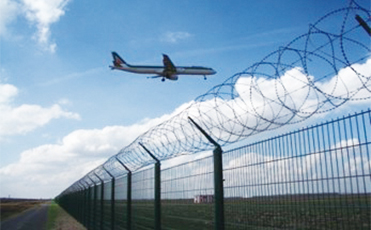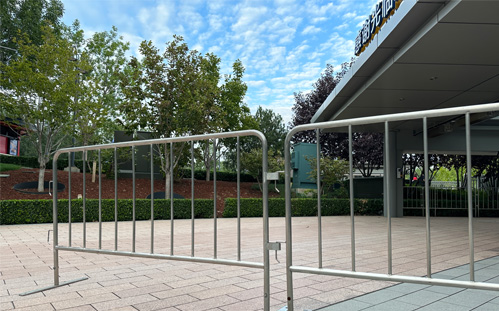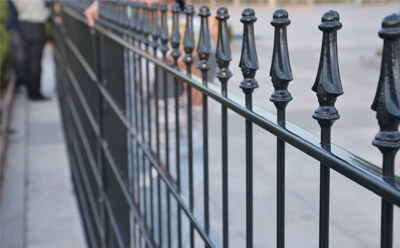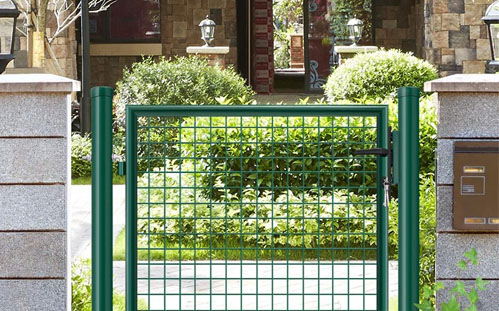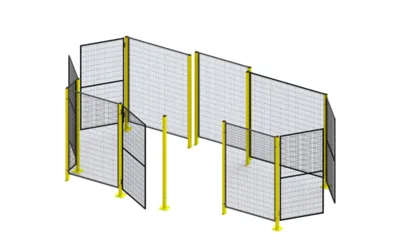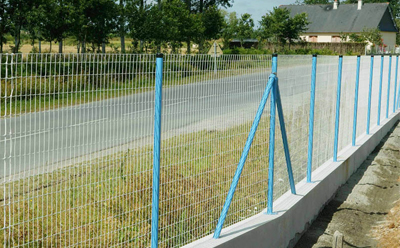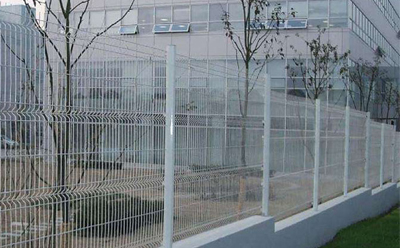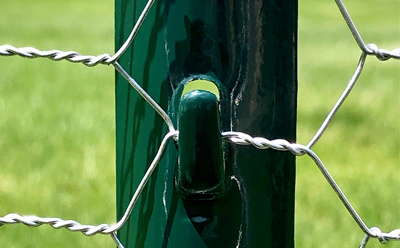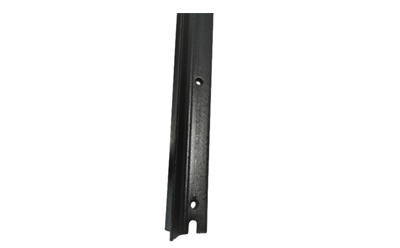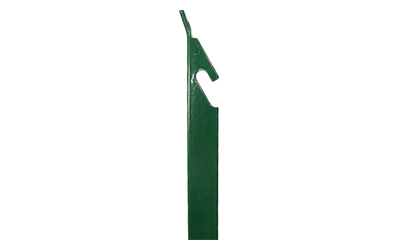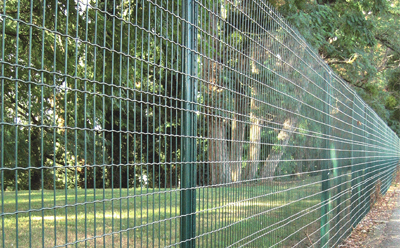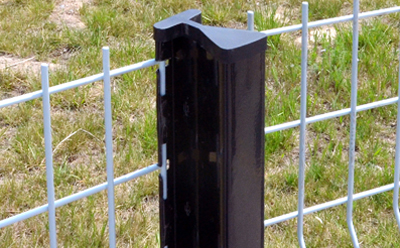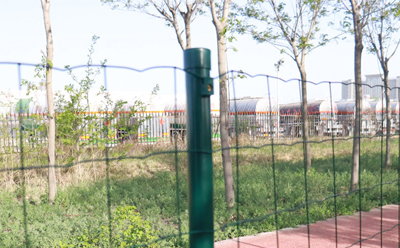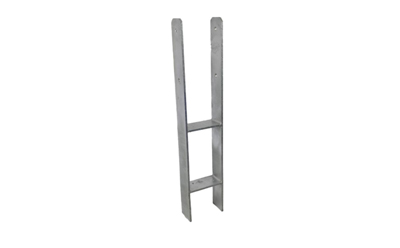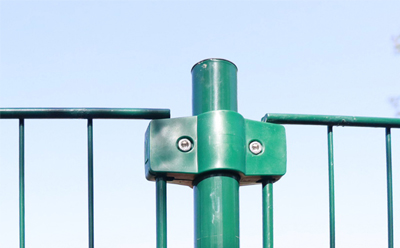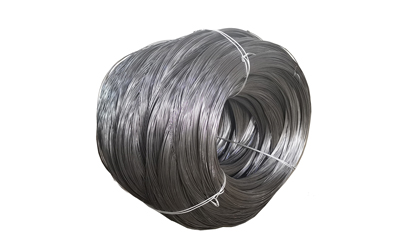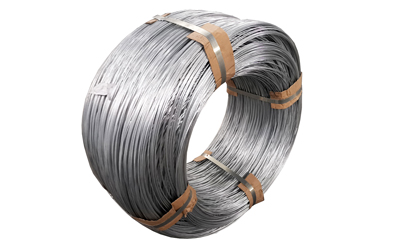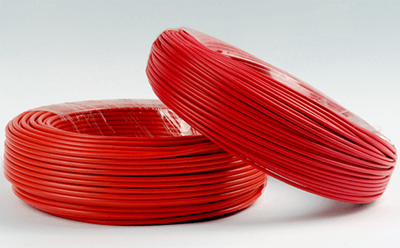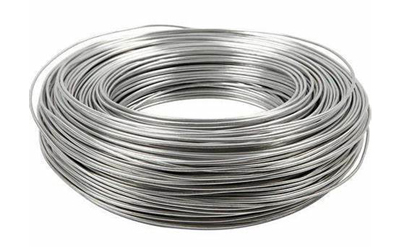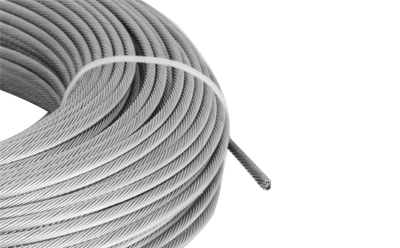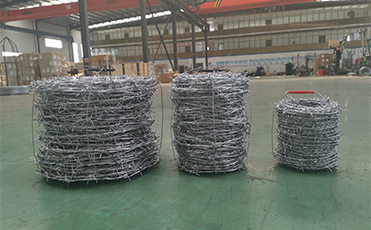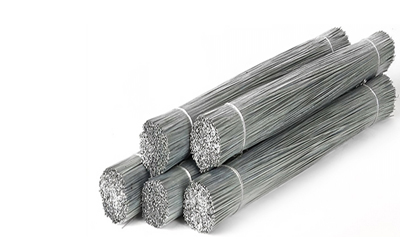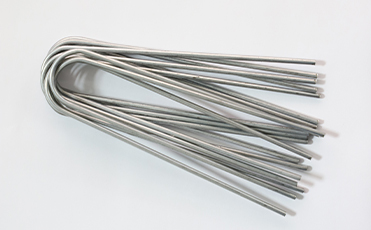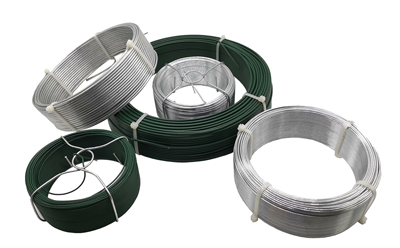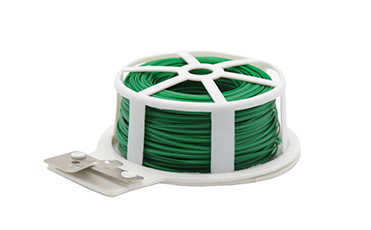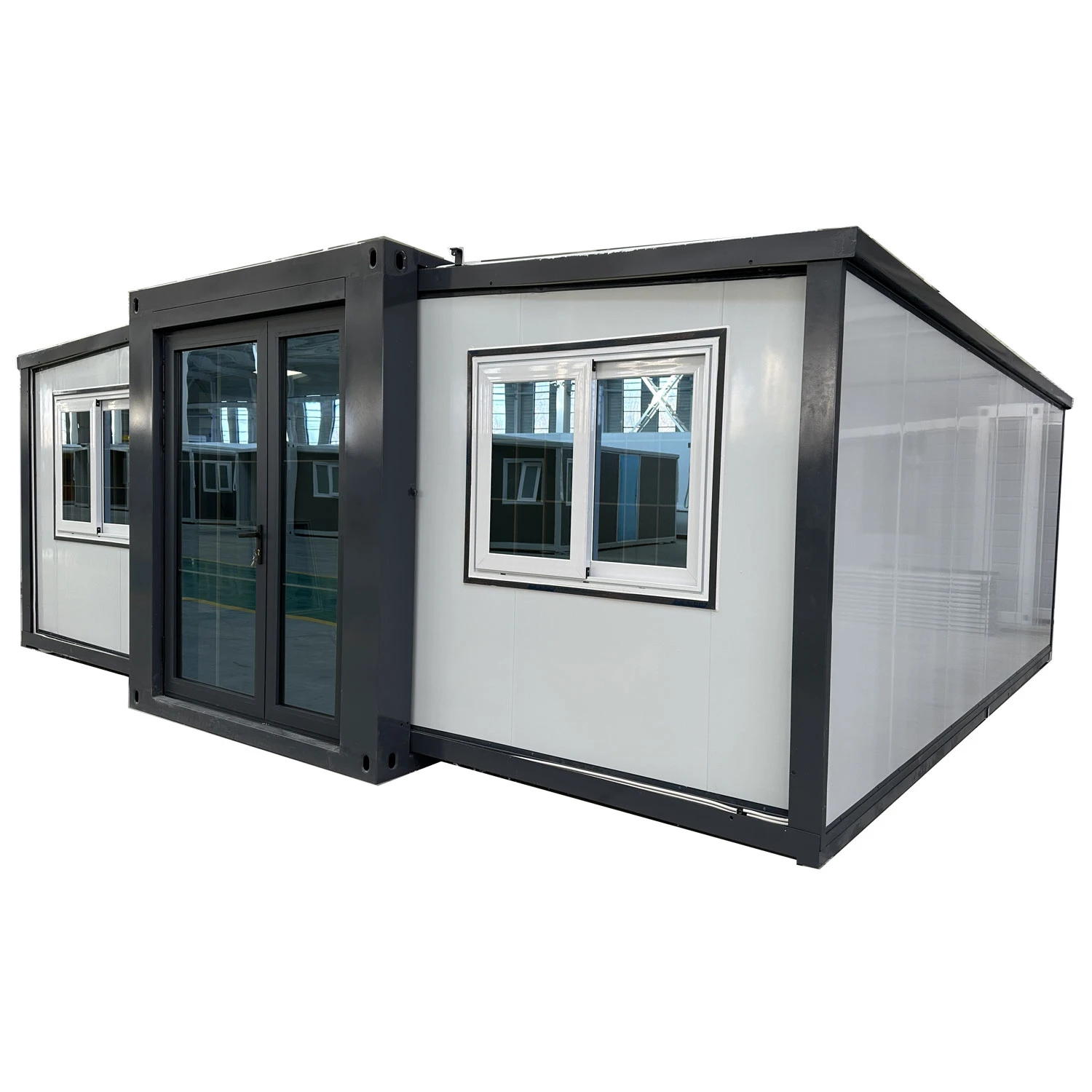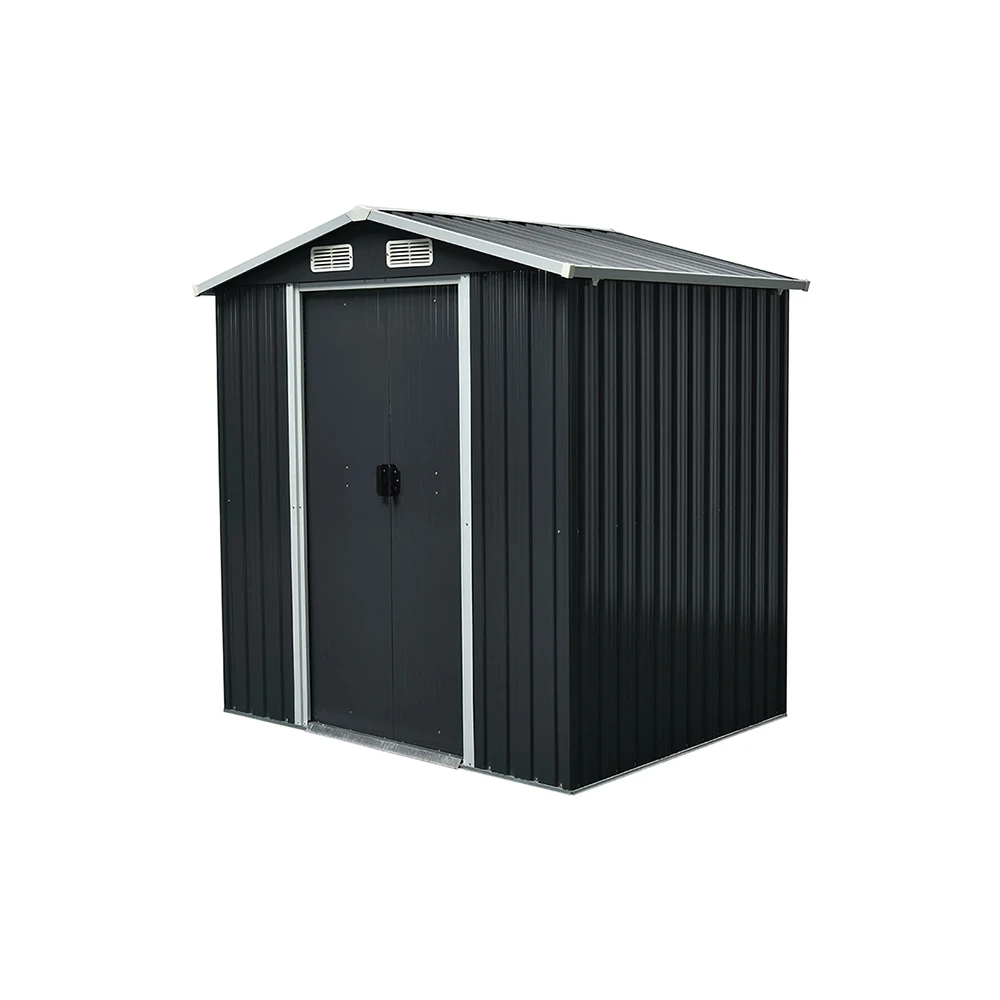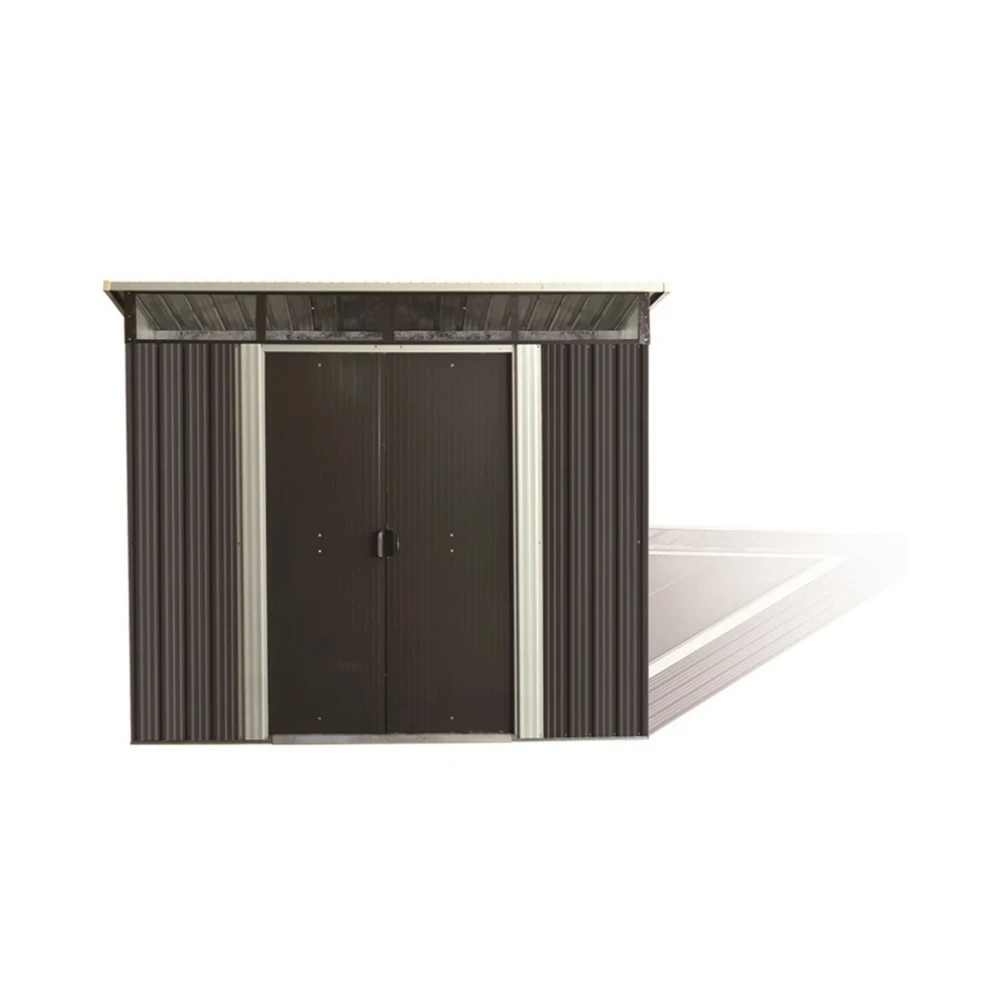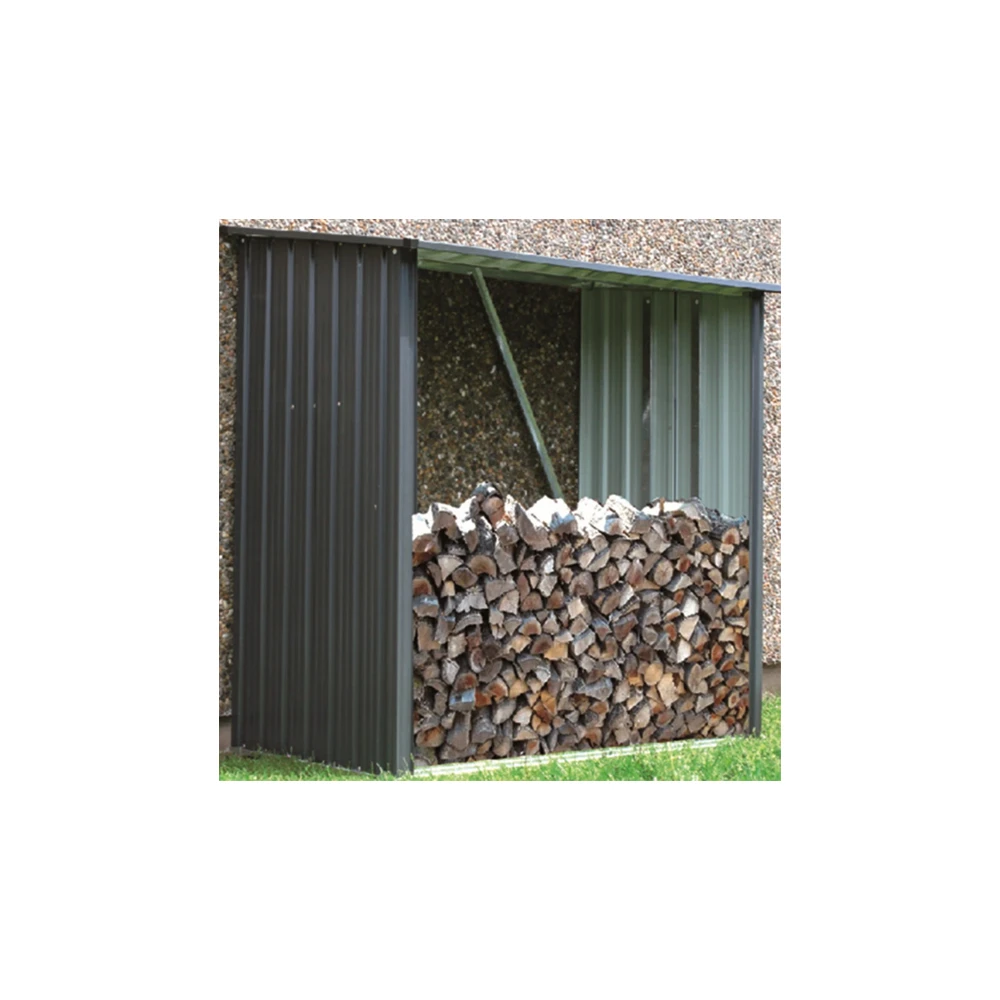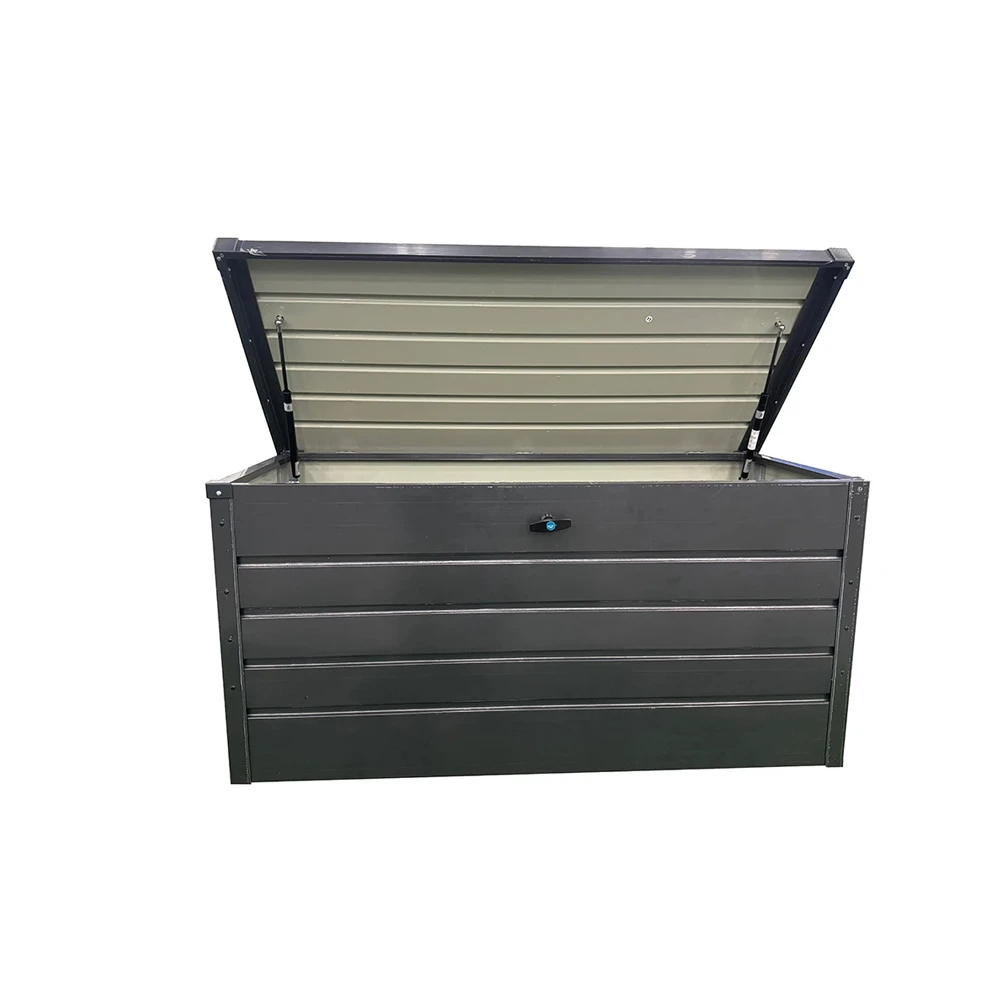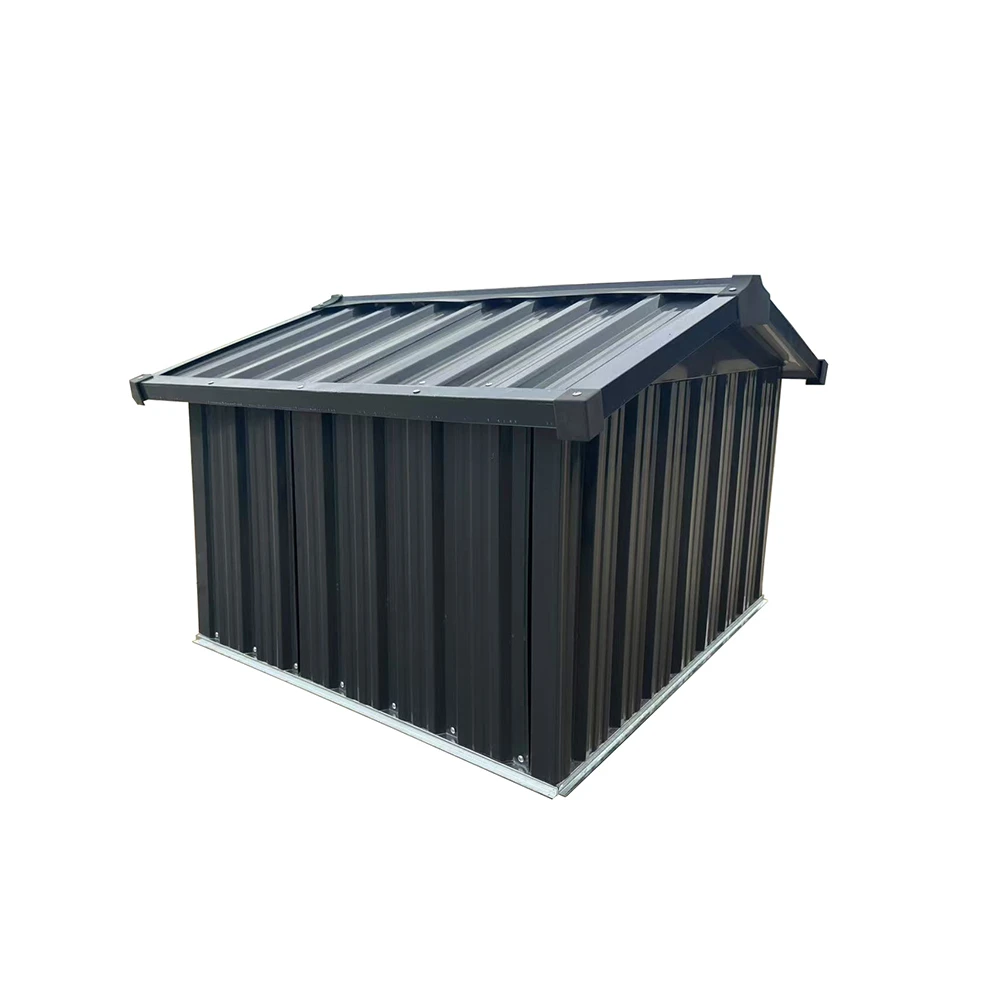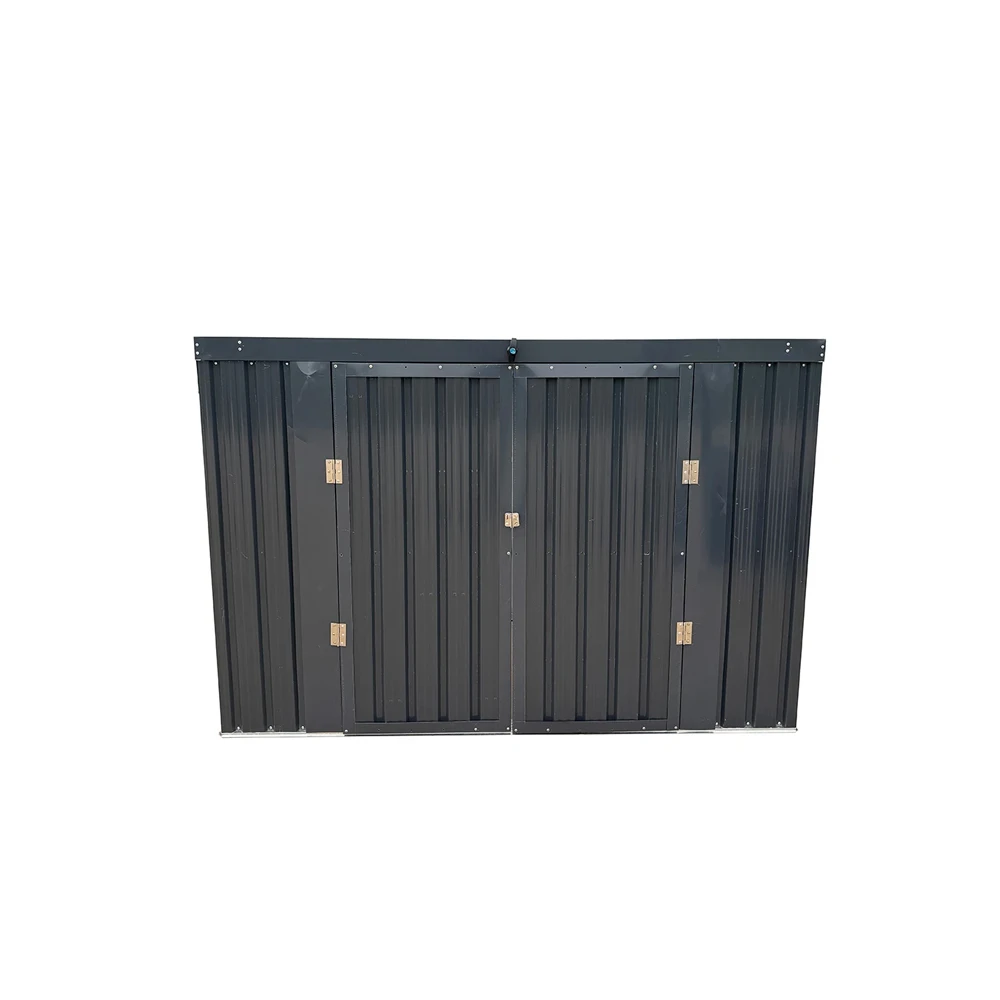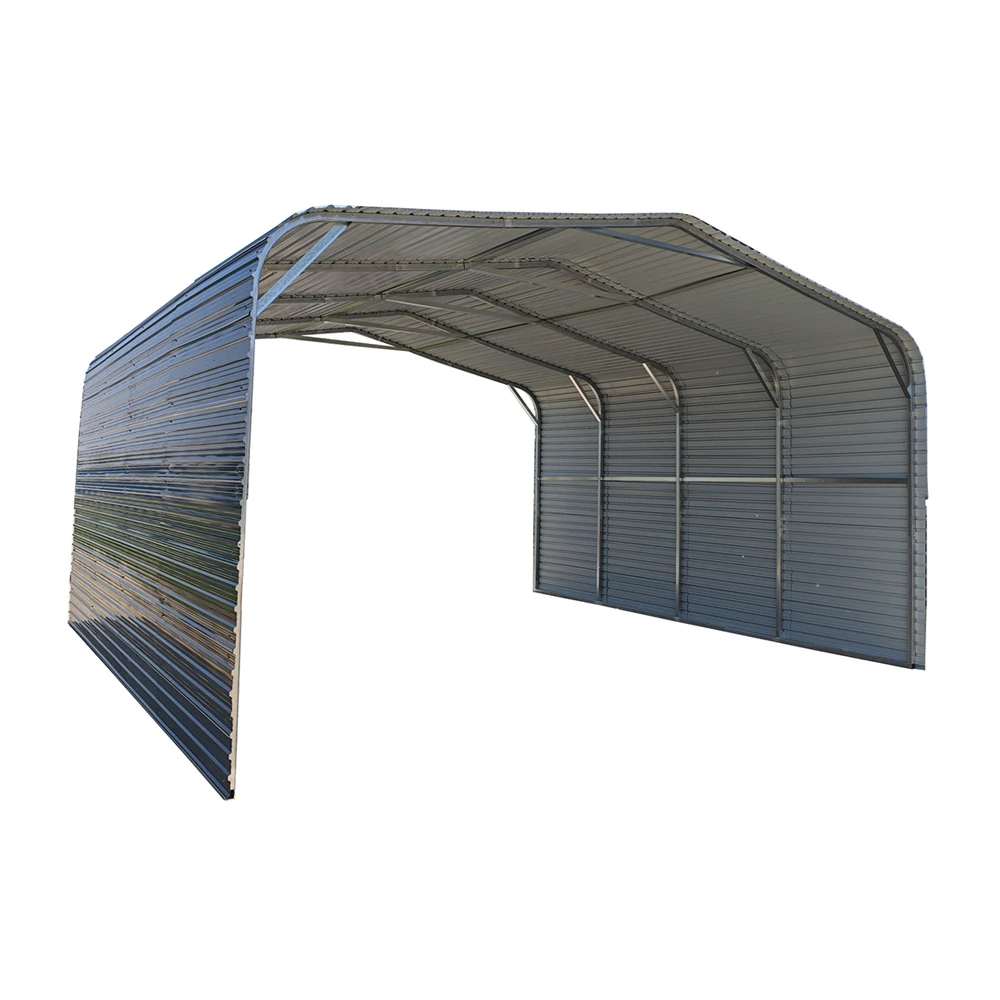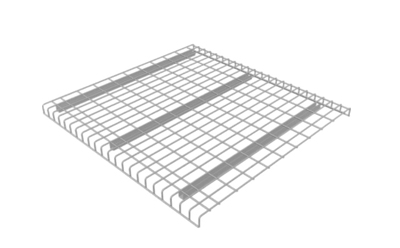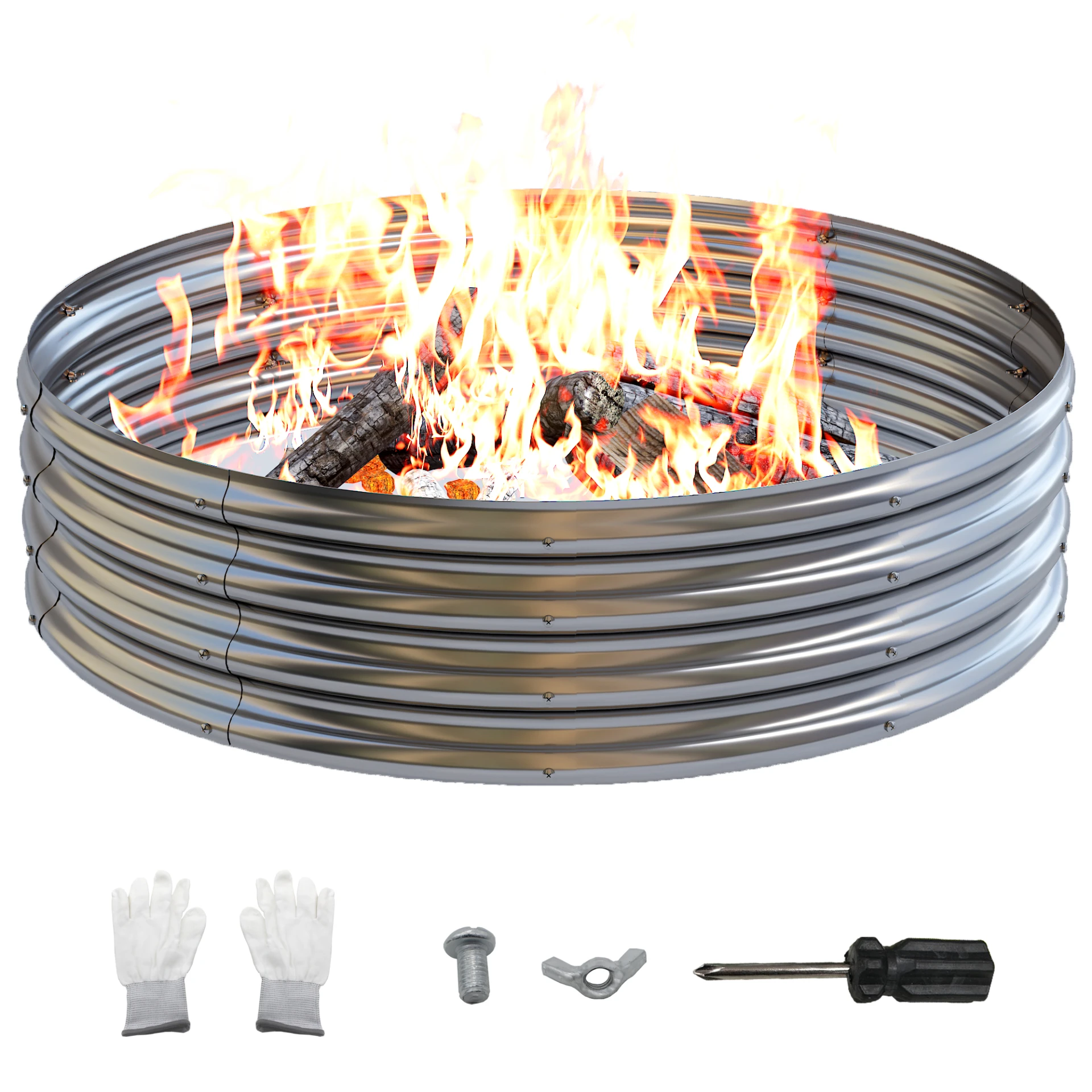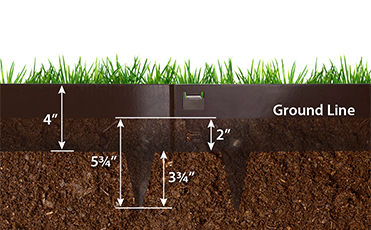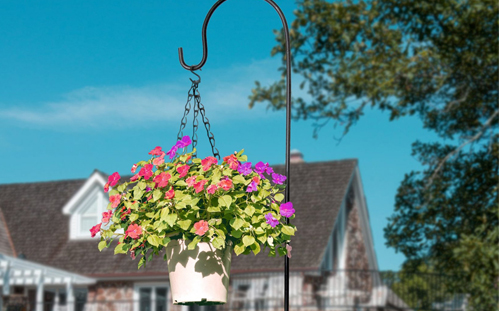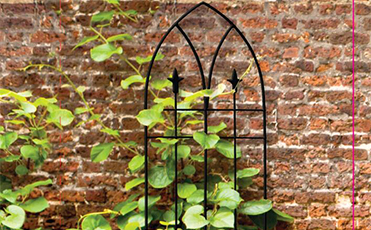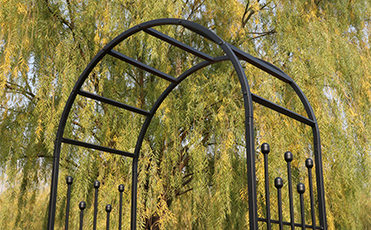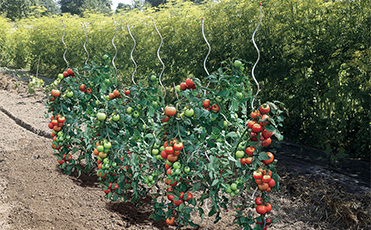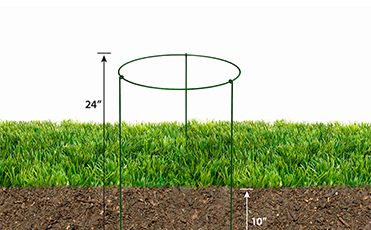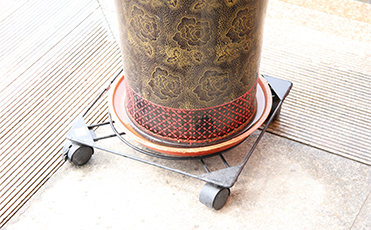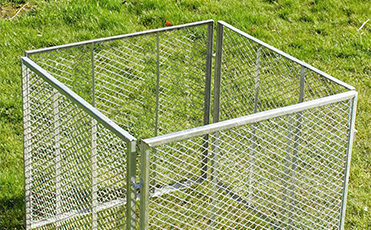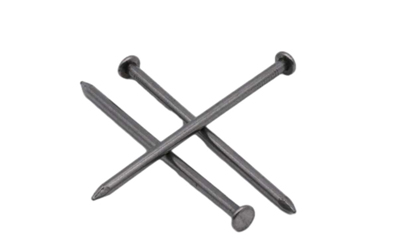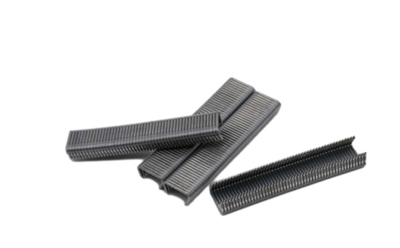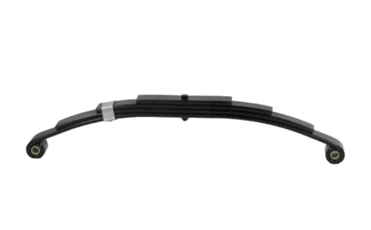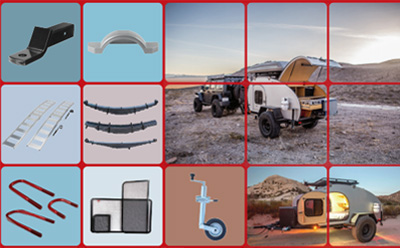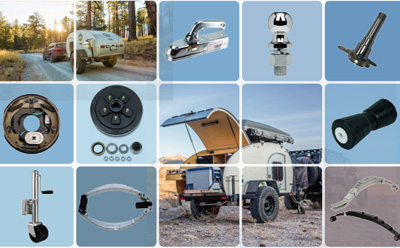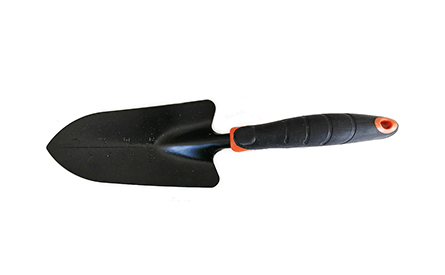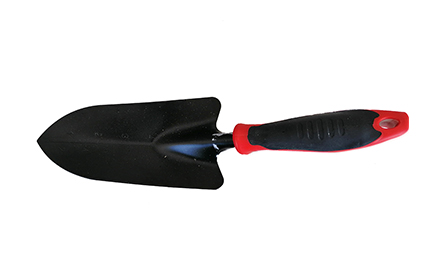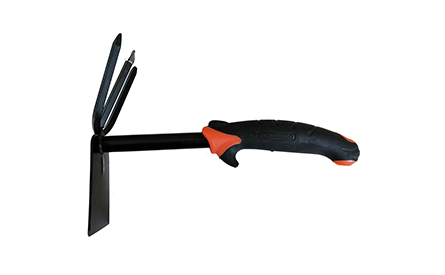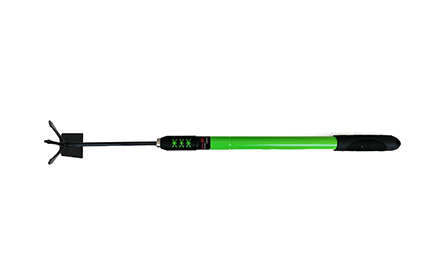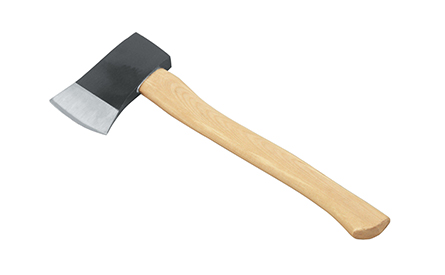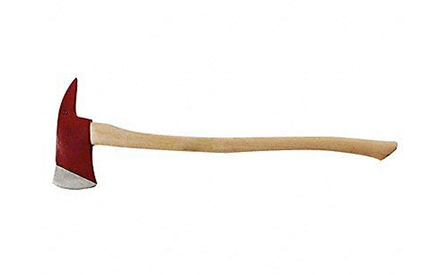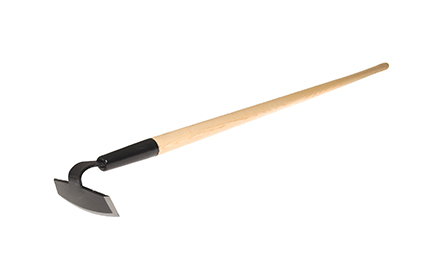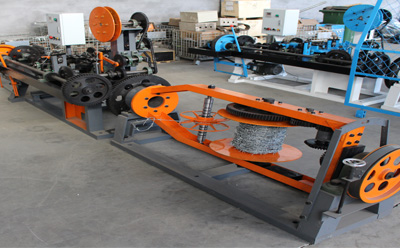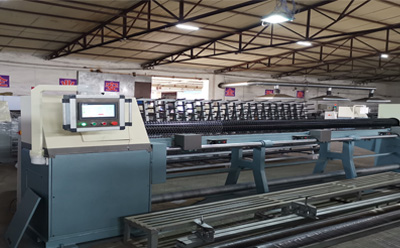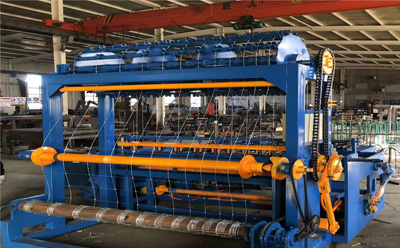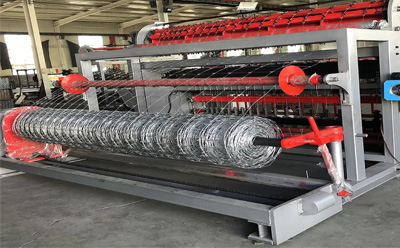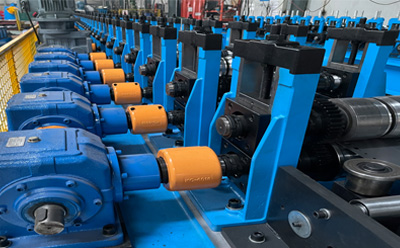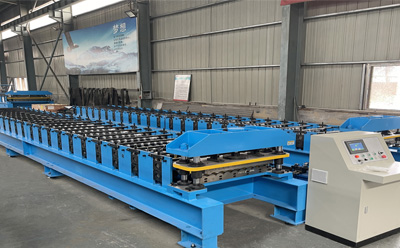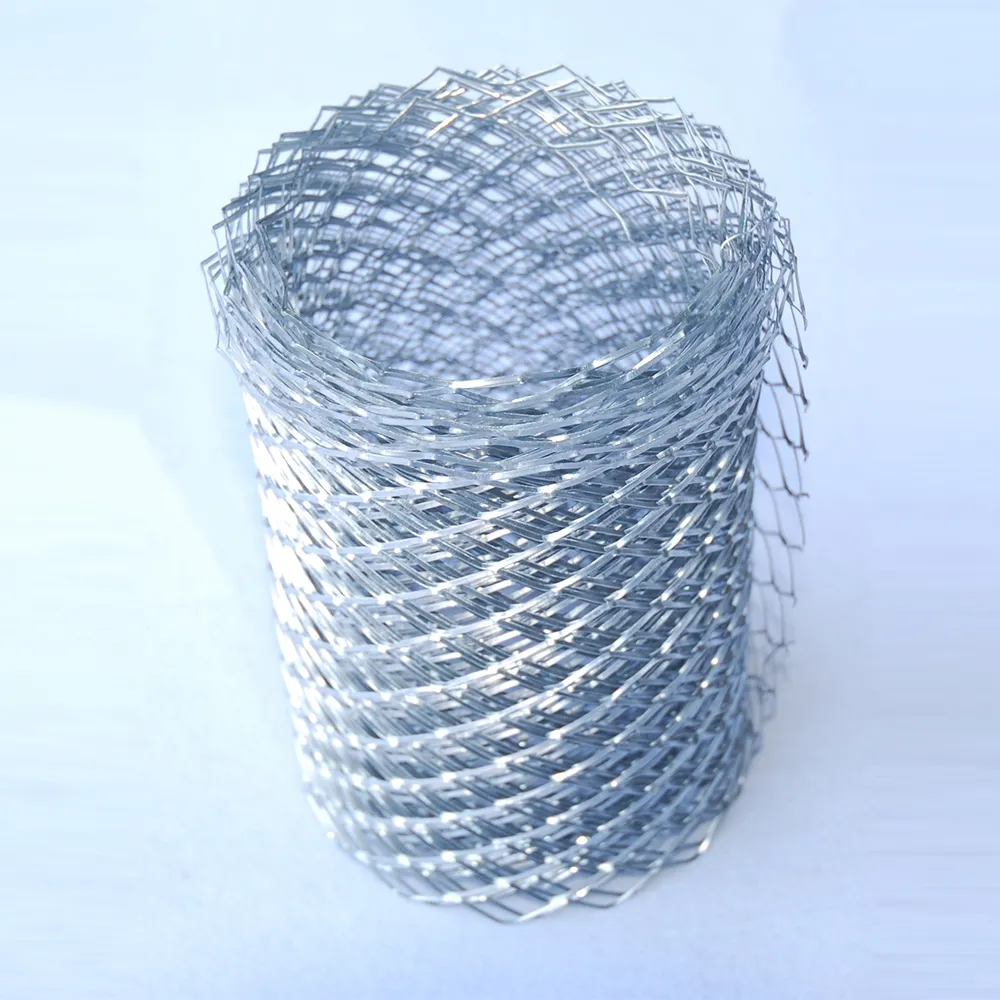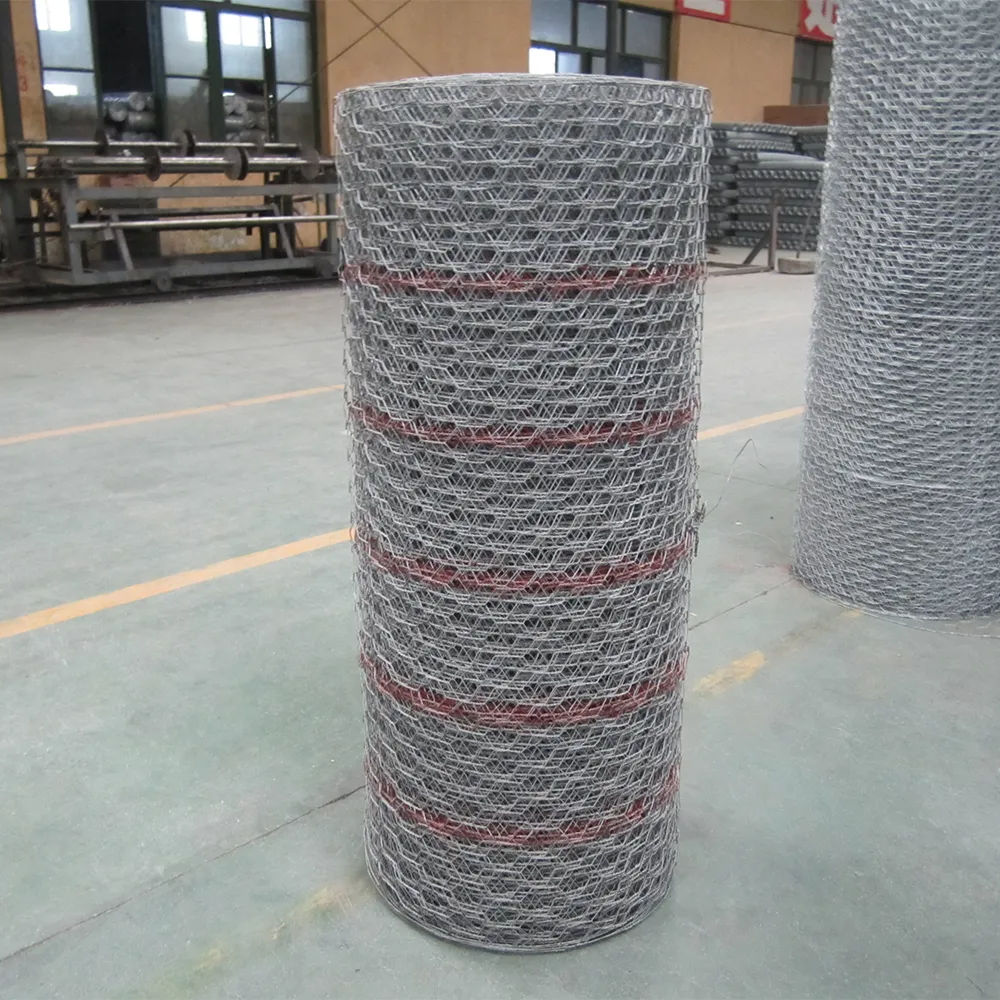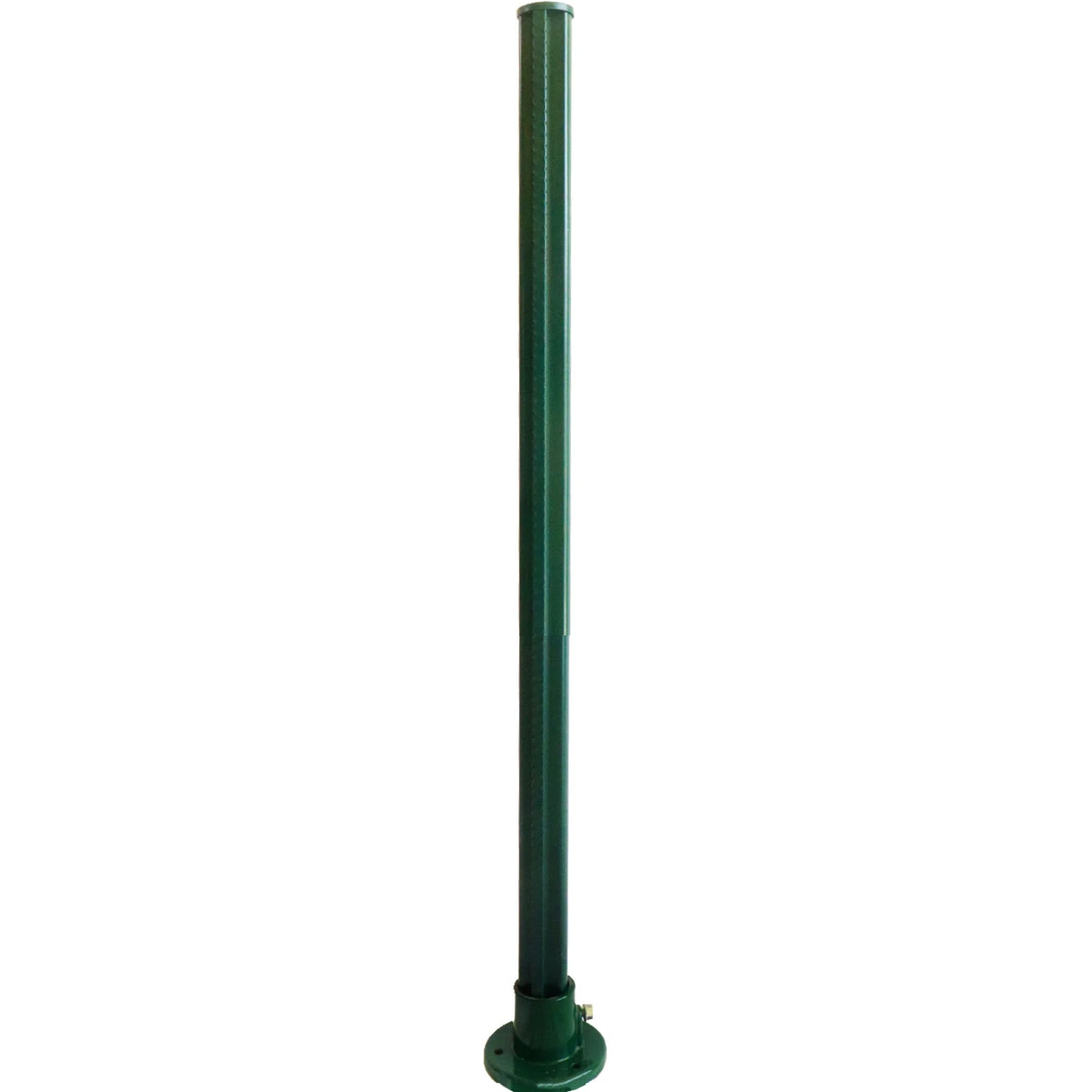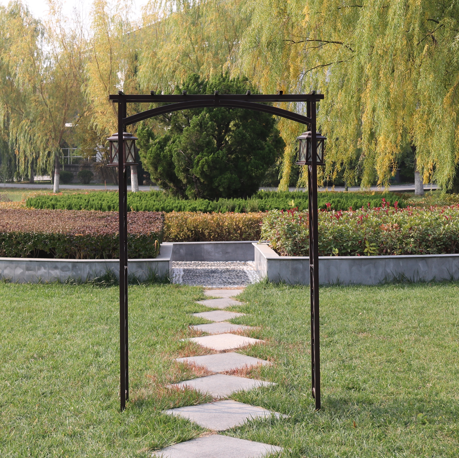Innovative Techniques for Installing Screw Foundation Anchors in Various Soil Types and Conditions
Jul . 27, 2024 05:06Understanding Screw Foundation Anchors A Modern Solution for Stability
Screw foundation anchors, also known as helical anchors or screw piles, are becoming increasingly prevalent in the realm of construction and civil engineering. These innovative foundations provide a robust solution for a variety of applications, from residential buildings to large-scale commercial projects. Their unique design and installation process offer several advantages over traditional foundation methods, making them an attractive option for contractors and engineers.
The basic principle behind screw foundation anchors is straightforward they consist of a shaft with helix-shaped plates welded along its length. This design allows the anchors to be screwed deep into the ground, where they reach stable soil layers. The installation process is efficient and often requires minimal site preparation, significantly reducing labor time and costs compared to conventional foundations.
One of the key benefits of screw foundation anchors is their versatility. They are suitable for various soil types, including sandy, clay, and even rocky soils. This adaptability makes them ideal for areas where traditional foundations might struggle or where soil conditions are unpredictable. Furthermore, screw anchors can be installed in a range of environments, such as residential sites, commercial properties, bridges, and even offshore structures.
Another notable advantage of screw foundation anchors is their load-bearing capacity
. Once installed, these anchors create a solid connection to the ground, allowing them to withstand vertical loads, lateral forces, and even uplift conditions. This resilience is particularly important in areas prone to extreme weather conditions, such as high winds or seismic activity, where stability is paramount.screw foundation anchors
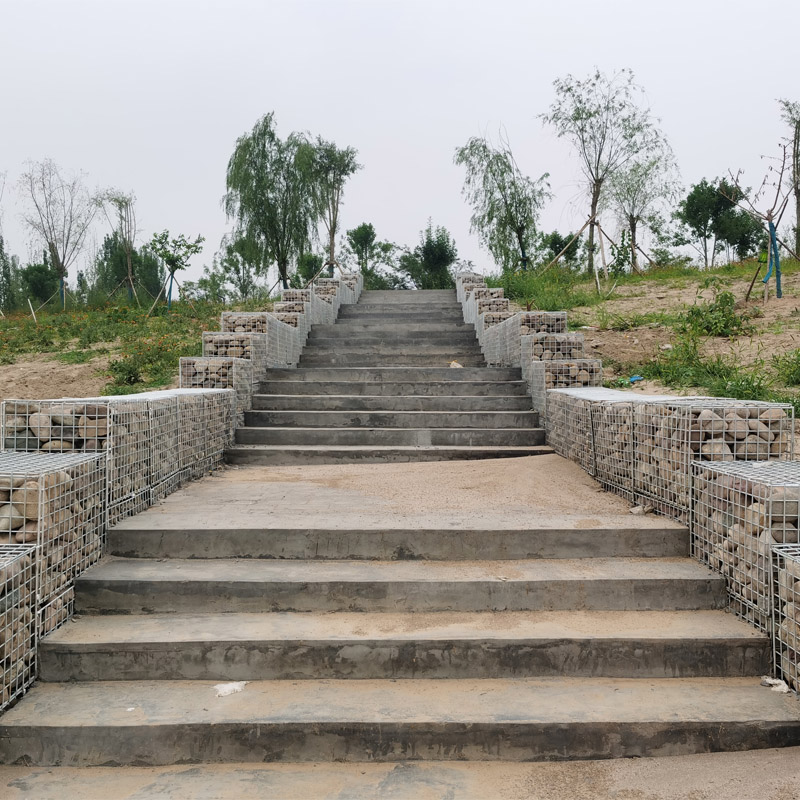
The installation of screw foundation anchors is not only efficient but also environmentally friendly. Traditional foundation methods often require extensive excavation and the use of heavy machinery, which can disturb the surrounding environment and increase the carbon footprint of a project. In contrast, screw anchors can be installed with a compact drilling rig that minimizes soil disruption and preserves the existing landscape. This aspect is particularly attractive for projects situated in ecologically sensitive areas.
Additionally, screw foundation anchors boast a quicker installation time. Since they can be mechanically driven into the ground, projects can progress more rapidly than with traditional foundation methods, which often involve curing times for concrete or waiting for soil compaction. This agility in the construction process leads to reduced project timelines and, ultimately, cost savings.
Maintenance and long-term performance are also significant considerations when choosing foundation solutions. Screw foundation anchors are typically made from galvanized steel or coated with corrosion-resistant materials, ensuring longevity and minimal upkeep. Their ability to shift with changing soil conditions also mitigates the risk of structural settlement over time.
In summary, screw foundation anchors represent a modern and efficient alternative to traditional foundation systems. Their unique design, ease of installation, adaptability to various soil types, and minimal environmental impact make them an appealing choice for a wide range of construction projects. As the construction industry continues to evolve, the adoption of screw foundation technology will likely increase, offering safer and more sustainable building solutions for the future. Whether it’s for residential homes, commercial buildings, or public infrastructure, screw foundation anchors are poised to play a pivotal role in shaping the landscape of modern construction.
Copyright © 2025 Hebei Minmetals Co., Ltd. All Rights Reserved. Sitemap | Privacy Policy




